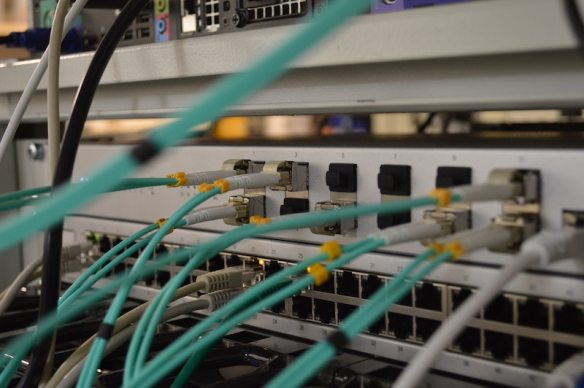
You’ve probably seen by now that there’s a new entrant into the market for network operating systems. Hedgehog came out of stealth mode this week to fanfare from the networking community. If you read through the website you might question why I labeled them as a network operating system. While they aren’t technically the OS I think it’s more important to look at them as an OS distribution.
Cacophony of Choice
Hedgehog starts from a very simple premise. Cloud networking is where we’re all headed. Whether or not you’re running entirely on-premises, fully in the public cloud, or in some kind of super-multi-hybrid cloud offering you’re all chasing the same thing. You want a stable system that acts as a force multiplier for your operations teams to reduce deployment times for users to get their builds done. It’s been said before but the idea of cloud is to get IT out of the way of the business.
Streamlining processes means automating a lot of the things that were formerly done by people. That means building repeatable and consistent tools to make that happen. If anyone has ever worked on AWS or Google Cloud you have lots of access to that tooling. Perhaps it’s not as full-featured as rolling your own toolset but that’s the tradeoff for running in someone else’s cloud. Notice that I left Microsoft Azure off that list.
Azure’s networking stack has been built on SONiC, a LInux-based NOS that has been built to scale in the cloud and solve the challenges that Microsoft has faced in their hyperscale data centers. They’ve poured resources into making SONiC exactly what they needed. However, one of the challenges that is faced when that happens is some of those things don’t scale down to the enterprise. I’m not saying you shouldn’t use SONiC. I’m saying that it’s not easy to adapt SONiC to what you want to do if you’re not Microsoft.
Speedy Adoption
In a way, it’s the same problem that Linux faced 25 years ago. If you really wanted to run it on a system you could download the source code and compile it on your system to get the kernel running. However a kernel doesn’t do much without software running on top of it. How could I write blog posts or check the time or get on the Internet without other applications? That need for additional resources to make the process of using Linux easier and more complete is where we got the rise of the Linux distribution, often shortened to distro.
Distros made adopting Linux easier. You didn’t have to go out and find sources for programs to run them on your system after compiling the kernel. You could just install everything like a big package and get going. It also meant that you could swap out programs and tools much easier than other operating systems. Ever tried to get rid of Notepad on Windows? It’s practically a system tool. On the other hand I think most Linux users can tell me their five favorite text editors off the top of their head. The system is very extensible.
Hedgehog acts like the distro of yore for SONiC. It makes the process of obtaining the OS much easier than it would be otherwise and includes a toolset that amplifies your networking experience. The power of cloud networking comes from optimization and orchestration. Hedgehog gives you that capability. It allows you to run the same kinds of tooling that you would use in the cloud on your enterprise data center networking devices.
If you’re starting to standardize on Kubernetes to make your applications more portable to the cloud then Hedgehog and SONiC can help you. If you’re looking to build more edge computing functionality into the stack Hedgehog has you covered. The Hedgehog team is building the orchestration capabilities that are needed in the enterprise right now to help you leverage SONiC. Because that tooling doesn’t exist outside of Microsoft right now you can believe that the Hedgehog team is addressing the needs of enterprise operations teams. They are the drivers for SONiC adoption. Making sure they can take care of daily tasks is paramount.
The distro launched Linux into the enterprise. Clunky DIY tooling can only scale so far. If you want to be serious about adopting cloud-first mentality in your organization you need to make sure you’re using proven tools that scale and don’t fall apart every time you try to make a minor change. Your data center isn’t Facebook or Google or Azure. However the lessons learned there and the way that we apply them at the enterprise level will go a long way to providing the advantages of the cloud for every day use. Thanks to companies like Hedgehog that are concentrating on the way to bring that market we have a chance to see it sooner than we’d hoped.
To learn more about Hedgehog and how they make SONiC easier for the enterprise, make sure to check out their website at https://githedgehog.com/










